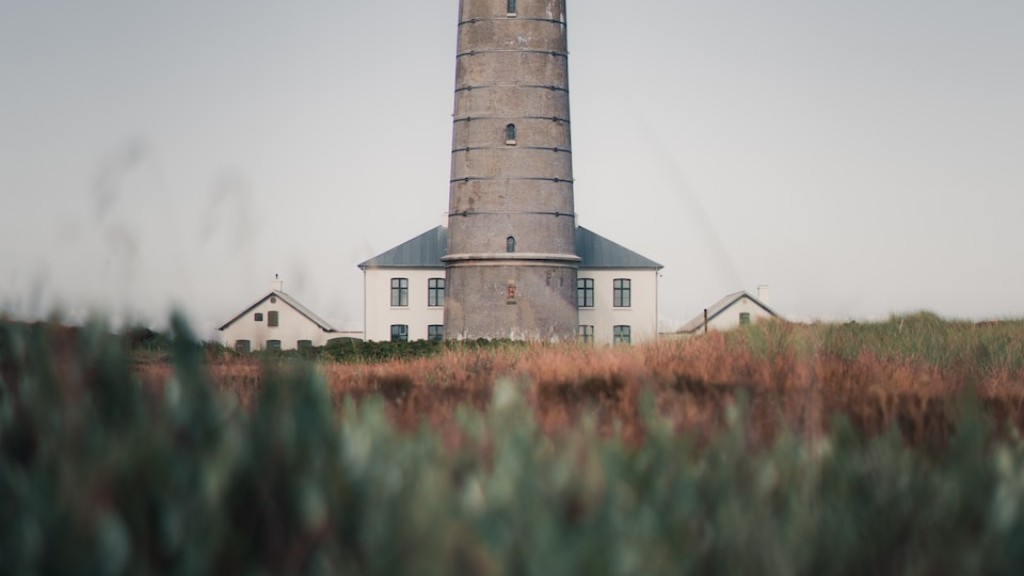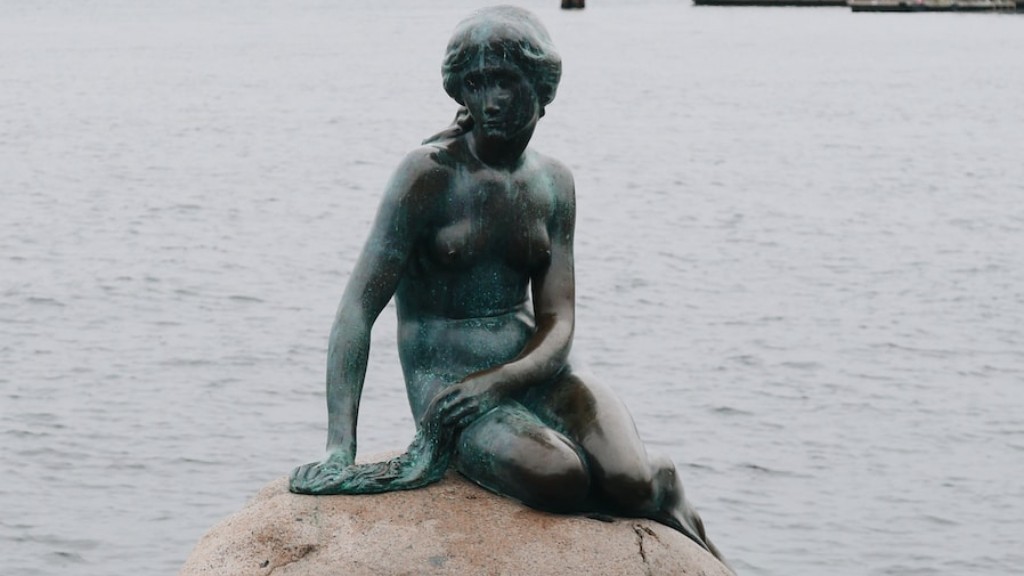When does Denmark change time
As one of the countries that follows the practice of daylight saving time (DST), Denmark switches its clocks twice a year to make better use of daylight and save energy. The change primarily affects the country’s observations of Central Europe Time (CET) during the standard time, and Central Europe Summer Time (CEST) during the daylight saving time.
Background Information
Denmark, a Scandinavian nation located in Northern Europe, is known for its progressive approach to energy efficiency. Daylight saving time was first introduced in Denmark in 1916 as a way to conserve energy during World War I. Since then, the country has continued the practice to make the most of the available daylight hours, especially during the summer months when evenings are longer.
During standard time, Denmark adheres to CET, which is UTC+1 (Coordinated Universal Time). This means that when it is midday UTC, it is 1 PM in Denmark. However, during daylight saving time, Denmark switches to CEST, which is UTC+2. This shift allows for an extra hour of daylight in the evenings.
Time Change Schedule
The schedule for changing the time in Denmark follows the guidelines set by the European Union. It typically takes place on the last Sunday of March and the last Sunday of October. On the last Sunday of March, clocks are adjusted forward by one hour at 2:00 AM local time, transitioning from standard time to daylight saving time. On the last Sunday of October, clocks are adjusted backward by one hour at 3:00 AM local time, reverting to standard time.
The transition to daylight saving time is often referred to as “springing forward,” as it provides an extra hour of daylight in the evenings. Conversely, the transition back to standard time in the fall is known as “falling back,” as the clocks are set back by one hour.
Expert Perspectives
According to Dr. Anna Jensen, a time and energy expert at Copenhagen University, the implementation of daylight saving time in Denmark has multiple benefits. “By shifting the clocks forward, we can make better use of natural daylight, reducing the need for artificial lighting. This leads to energy savings and a decreased carbon footprint,” explains Dr. Jensen.
Psychologist Dr. Lars Andersen emphasizes the positive impact of longer evenings on people’s well-being. “Extended daylight in the evenings allows for more outdoor activities and social interactions, which can greatly contribute to improved mood and overall quality of life,” says Dr. Andersen.
Insights and Analysis
Denmark’s adherence to daylight saving time aligns with its commitment to environmental sustainability. By maximizing daylight during the longer summer evenings, the country reduces energy consumption and promotes a more eco-friendly lifestyle. Additionally, the extra hour of daylight fosters a vibrant outdoor culture, encouraging people to engage in physical activities, socialize, and enjoy nature.
Other Time Change Considerations
It’s important to note that not all countries observe daylight saving time, and those that do may have different start and end dates. Travelers to Denmark should be mindful of these differences to avoid confusion. Additionally, electronic devices such as smartphones and computers usually adjust the time automatically, but manual adjustment may be necessary for analog clocks and other devices.
Conclusion
Denmark changes its time in accordance with daylight saving time, shifting from Central Europe Time (CET) to Central Europe Summer Time (CEST) during the summer months. This practice optimizes daylight utilization, reduces energy consumption, and contributes to a more active and sustainable lifestyle. By understanding the time change schedule and considering the perspectives of experts, individuals in Denmark can make the most of the additional daylight hours and appreciate the benefits it brings to their daily lives.


